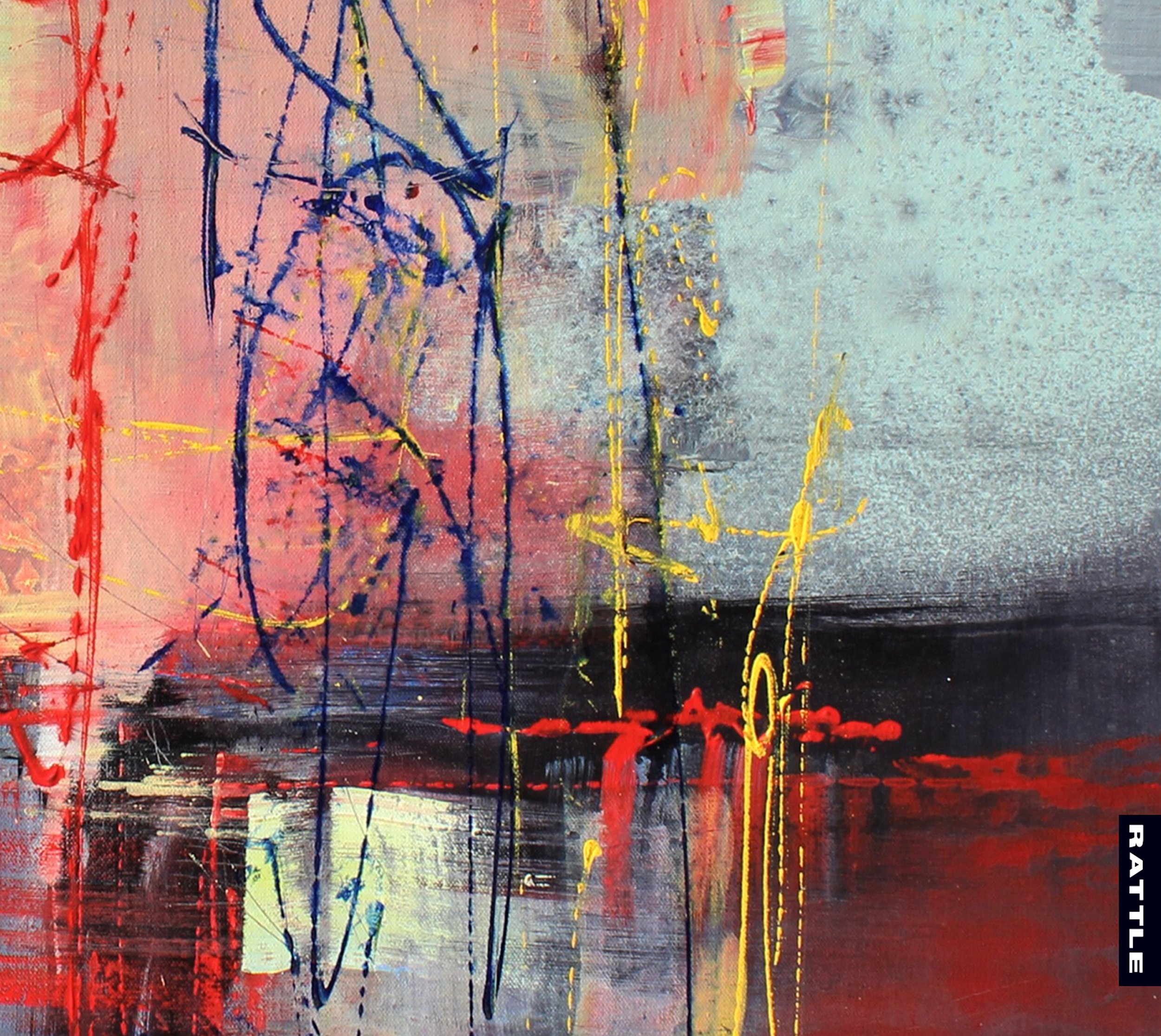Bartók - a musical colour-burst
Bartók Works for Violin and Piano Monique Lapins and Jian Liu
Cover image Night Music 11 by Ernestine Tahedl
Hungarian composer Béla Bartók was classicist, modernist and ethnomusicologist. In the early 20th century he and his friend and colleague, composer Zoltán Kodály, set out into their countryside with what was then a state-of-the-art Edison phonograph to capture folk music on wax cylinders. Eventually they transcribed and catalogued a staggering 10,000 peasant songs and dances.
This research had a huge effect on Bartók’s compositions. In his 1921 journal he suggested the folk music freed him from traditional major and minor scales and offered “liberated rhythmic patterns and metre changes”. The synthesis of folk material with both a classical music education and his awareness of modernist principles produced his unique language. Jammed with astonishing rhythms, improvisatory flexibility, foot-stomping rustic dances and a magical bag of instrumental techniques, his music combines these with fearless dissonance, dramatic passion and poignancy and magnificent musical architecture.
Violinist Monique Lapins
“…using vibrato with fine expressive effect.”
Photo credit: Andrew Empson
This new Bartók album from violinist Monique Lapins and pianist Jian Liu has it all. The nicely-curated collection combines Bartók’s two substantial sonatas for violin and piano alongside two of his well-known, popular short works, originally written for solo piano and based very directly on folk music. From the first track, the Allegro Appassionato opening of Sonata No 1, their energy and sense of momentum reveals a forthright passionate approach and lovely musical rapport. Their playing has effortless flexibility and it’s clear this is music they love in all its moods.
Intimate recording techniques enhance the subtlety of Lapins’ playing. Her lovely sweet sound is maintained in the highest registers and she uses vibrato with fine expressive effect. Bartók demands a huge range of string techniques, fierce strumming, double-stopped plucking and bowing and varied bow techniques. Liu’s use of piano colour is equally virtuosic, whether in dramatic low chords and octaves, luminous melodies or rapid repetitive motives. In the six short Romanian Folk Dances we hear clearly their well-synchronised interpretative skill, with little hesitations, exaggerations and asymmetrical accents tossed off together with abandon and flair.
Pianist Jian Liu
“…virtuosic use of piano colour.”
Photo credit: Charles Brook
Bartók’s two-movement 2nd Sonata, written a year after the first in 1923, is also marvellously interesting and the musicians find all of its variety and pace. But listen closely – this is a colour-burst of musical excitement, not comfortable background music.
BARTÓK Works for Violin and Piano Monique Lapins (violin) Jian Liu (piano) (available from Rattle)
This review was first published in the NZ Listener issue 27 August 2022



